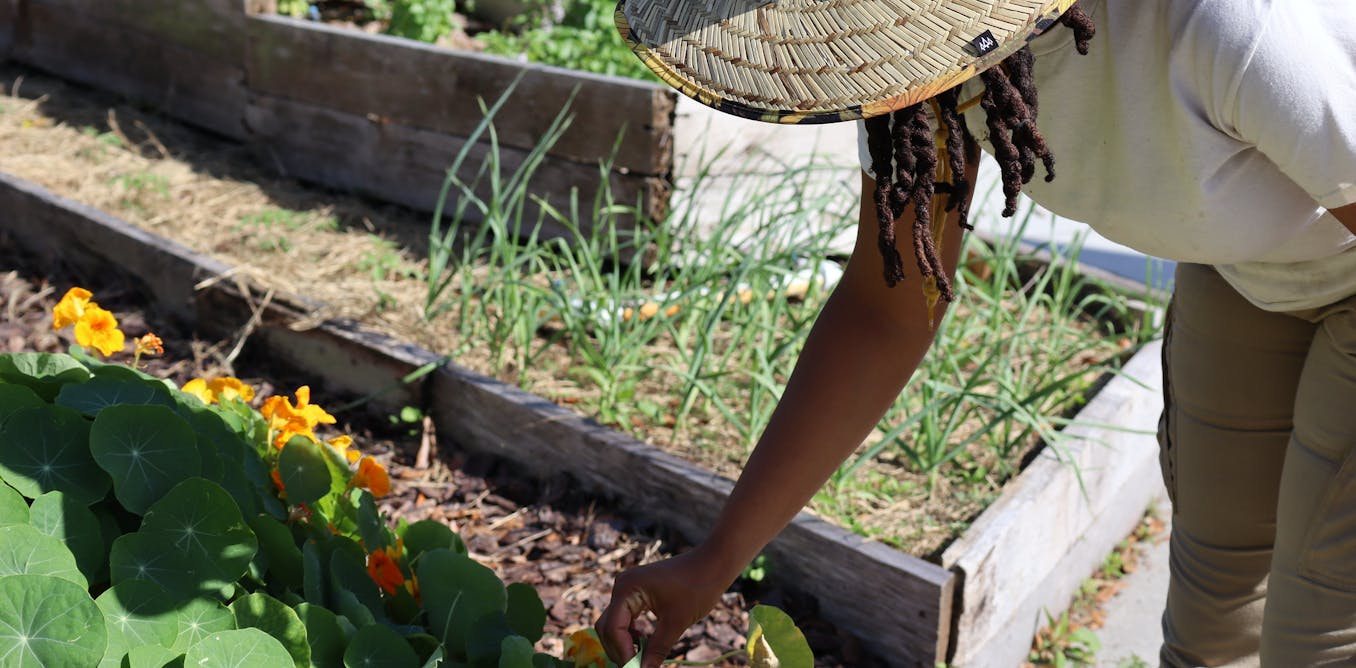The 20-Second Trick For City Blooming
The 20-Second Trick For City Blooming
Blog Article
City Blooming Fundamentals Explained
Table of ContentsWhat Does City Blooming Mean?City Blooming for BeginnersThe Main Principles Of City Blooming The Best Strategy To Use For City BloomingThe Facts About City Blooming Uncovered
Fascinated in expanding food available for sale in the City of Chicago? Considering starting a neighborhood yard? Adjustments to the Chicago Zoning Ordinance allow agricultural usages like neighborhood gardens and city ranches in many components of the city. Below is a list of frequently asked concerns regarding the rules and regulations that growers need to consider when intending a city farming project.
The zoning change does not customize any various other codes handling composting, structure authorizations, buying or leasing City had residential or commercial property, company licenses or environmental contamination. There are existing codes that manage these issues and they stay in complete result and may be appropriate to your project. Area gardens are usually possessed or handled by public entities, civic companies or community-based organizations and preserved by volunteers.
Urban farms expand food that is planned to be sold, either on a not-for-profit or for-profit basis. Due to their business function, city ranches need an organization permit.
The 6-Second Trick For City Blooming
The quantity of compost product can not exceed 25 cubic backyards at any given time according to the criteria in 7-28-715 of the City's Municipal Code. Because the soil at the majority of brand-new garden websites needs changing, compost, dirt, wood chips, or other products can be obtained to construct or improve the growing room.

If a structure authorization is needed then the hoophouse will certainly be taken into consideration an accessory building. You can figure out even more about the structure permit demands by calling the Division of Buildings. The 25,000-square-foot dimension limit is intended to avoid a single area garden from controling a given block or interfering with the block's existing domestic or commercial character.
The limitation does not use to yards located in Public Open Room (POS) areas. Can there be even more than one neighborhood garden that is 25,000 square feet on a solitary block? Fencing is not called for, however, gardens that have large car park locations may be needed to set up fence or various other landscape design functions.
Fascination About City Blooming
B1 & B2 districts call for that all commercial use tasks be performed inside. Is fence needed for metropolitan ranches? Fencings may be needed, along with landscape design and testing, for particular car park locations and outside job or storage space locations depending on area and the particular task taking location.
Urban farms require building authorizations and zoning authorizations prior to building and construction (home and garden). Other kinds of city testimonial may be called for depending on details frameworks, tasks, dimension, landscaping, licensing, public health and stormwater monitoring problems.
The Division of Organization Matters and Consumer Security can assist establish the certain type of company certificate that's required. Off road auto parking is required for many business projects in Chicago. The required number of vehicle parking spaces is based on the number of workers working on website and not the square footage of the growing area.
The Single Strategy To Use For City Blooming

A metropolitan ranch can offer compost material produced on site, however, the operation must comply with the laws in 7-28-715 of the Chicago Municipal Code. Aquaponic systems are permitted inside on metropolitan farms in numerous zoning districts.
Up to five hives or swarms of honey might be kept as an accessory usage. Nonetheless, beekeepers need to register with the Illinois Division of Agriculture. To learn more about the proposed zoning change you may contact the Department of Housing and Economic Development, Bureau of Preparation and Zoning at 312.744.8563.
Farming in cities and city locations A city farm in Chicago. Urban agriculture refers to numerous practices of cultivating. https://issuu.com/cityblooming, handling, and distributing food in city locations. The term additionally relates to the location activities of pet husbandry, tank farming, beekeeping, and gardening in official statement an urban context. Urban agriculture is differentiated from peri-urban agriculture, which happens in country locations beside suburban areas.
City Blooming for Dummies
, that seek to develop social networks founded on a shared principles of nature and community holism. These networks can create by way of formal institutional support, becoming incorporated into regional community preparation as a "change community" activity for sustainable metropolitan development.
In either case, the more straight access to fresh veggie, fruit, and meat items that may be know with urban agriculture can enhance food security and food security while lowering food miles, resulting in lower greenhouse gas discharges, therefore adding to climate modification mitigation. Some of the very first proof of metropolitan agriculture comes from Mesopotamia.
Report this page